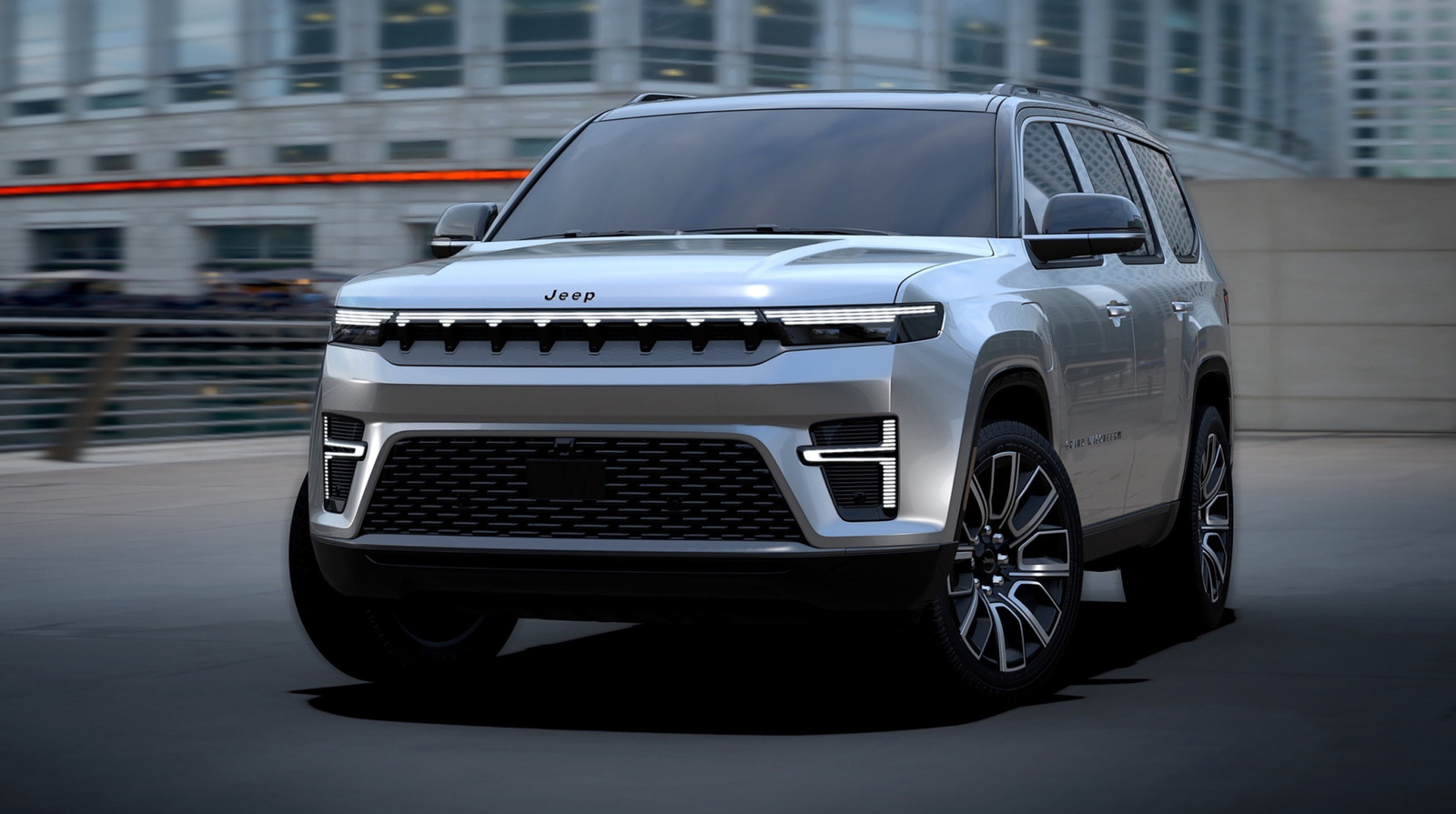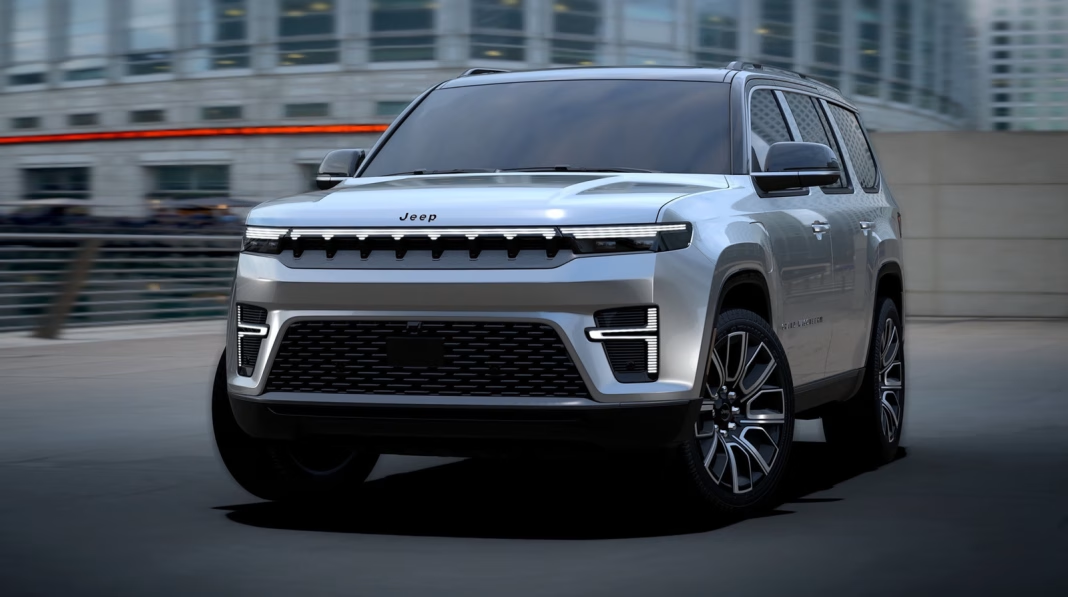What’s Changing with the Jeep Wagoneer’s Powertrain?
If you’ve been eyeing the Jeep Wagoneer but holding out for something a little more future-proof, here’s the scoop: Jeep is rolling out a new range-extender hybrid setup for the Wagoneer, borrowing the tech from the Ramcharger. This isn’t just a minor tweak—it’s a significant shift in how the Wagoneer delivers power, blending a V6 engine with a hefty battery and two electric motors. The goal? To give drivers the best of both worlds: electric driving for short trips, and gas-powered confidence for longer hauls.
How Does This Range-Extender Hybrid Actually Work?
You might be wondering what makes a range-extender hybrid different from a traditional hybrid or plug-in. In the Wagoneer’s case, the V6 engine doesn’t directly drive the wheels most of the time. Instead, it acts as a generator, charging the battery when needed. The two electric motors handle the actual driving, delivering instant torque and that smooth, quiet EV feel. When the battery runs low, the V6 kicks in seamlessly to keep you moving—no range anxiety, no frantic searches for a charging station on your next road trip.
What Are the Real-World Benefits for Drivers?
Let’s talk about what this means for your daily life. First, the electric motors provide quick acceleration and a whisper-quiet ride around town. You’ll likely be able to handle most commutes and errands on battery power alone, which means fewer stops at the pump and lower running costs. For longer journeys, the V6 ensures you’re not tethered to the nearest charging point. According to recent industry data, range-extender hybrids can cut fuel consumption by up to 40% compared to traditional gas SUVs, depending on your driving habits. That’s real savings, both for your wallet and the environment.
How Does the Wagoneer’s Setup Compare to Other Hybrids?
Jeep’s approach stands out because it doesn’t just slap a small battery onto a gas engine. By using a large battery and two electric motors, the Wagoneer leans heavily into the electric side of things, offering a driving experience that’s closer to a full EV than a mild hybrid. The Ramcharger system it borrows from has already earned praise for its smooth transitions and robust towing capability—something many hybrids struggle with. If you need an SUV that can handle family road trips and the occasional trailer, this setup could be a game-changer.
Will There Be Any Trade-Offs?
No system is perfect, and it’s fair to ask about compromises. The added complexity of a range-extender hybrid means there’s more tech under the hood, which could mean higher repair costs down the line. The battery pack also adds weight, though Jeep has engineered the platform to handle it without sacrificing ride quality or off-road chops. Early feedback from Ramcharger owners suggests that the benefits—especially in fuel savings and versatility—far outweigh any downsides for most drivers.
What Does This Mean for the Future of Large SUVs?
The Wagoneer’s move to a range-extender hybrid is part of a bigger trend. Automakers are under pressure to cut emissions and boost efficiency, but many drivers still want the space and capability of a full-size SUV. By embracing advanced hybrid tech, Jeep is showing that you don’t have to choose between power and responsibility. Industry analysts predict that by 2027, nearly half of new SUVs sold in North America will feature some form of electrification. The Wagoneer’s new powertrain puts it right at the front of that wave.
The Big Takeaway for SUV Shoppers
The big takeaway? Jeep’s new Wagoneer isn’t about perfection—it’s about smarter adjustments. Start with one change this week, and you’ll likely spot the difference by month’s end. Whether you’re after lower fuel bills, a quieter ride, or just want to future-proof your driveway, this hybrid setup is worth a serious look. The result? Pure magic.


